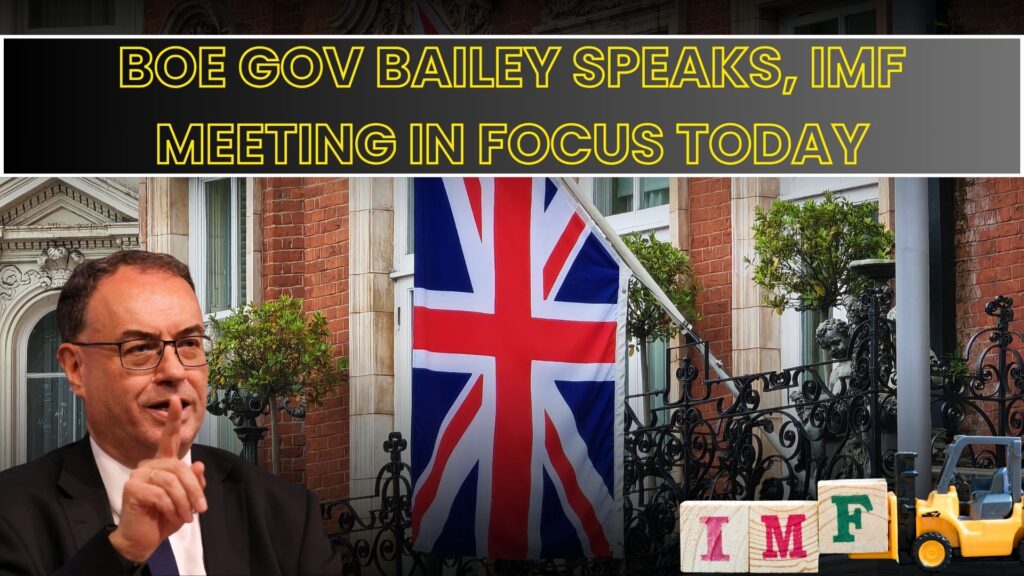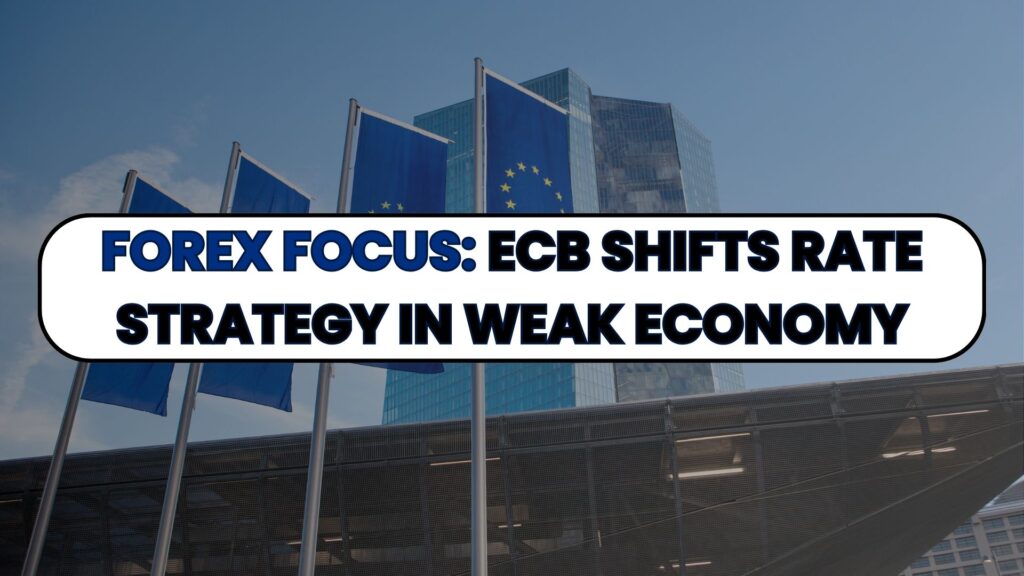BOE Gov Bailey speaks, IMF meeting in Focus today

BOE Gov Bailey speaks, IMF meeting in Focus today
Dollar Index
The dollar strengthened on Monday, supported by a rise in U.S. bond yields, as robust U.S. economic data indicated that the Federal Reserve can afford to be patient before cutting rates. Investors are also positioning ahead of the November 5 presidential election. The greenback has climbed for three consecutive weeks, driven by a series of positive economic reports that have prompted investors to temper their expectations regarding the size and pace of future Fed rate cuts.
Crude Oil:
Crude prices moderately higher supported by Chinese banks to cut interest rates may spur economic growth and is bullish for crude prices. Also, heightened Middle East tensions are underpinning crude prices. However, a stronger dollar today is limiting gains in energy prices.
Gold:
Gold took a breather after surging to a record high on Monday, as higher U.S. Treasury yields and dollar offset support from growing uncertainties surrounding the U.S. presidential election and the Middle East war. Bullion, considered a hedge against political and economic uncertainty, has climbed over 32% so far this year, shattering multiple record peaks as the Federal Reserve’s interest rate cut combined with safe-haven demand set up a perfect storm for gold.
Copper:
Copper prices fell as funds exited industrial metals and switched to gold to reduce exposure to China’s struggling economy.
Prices action (MCX)
Gold 78030 (+0.40%), Silver 97448 (+2.14%), Copper 814.80(-0.91%) Crude Oil 5962 (+1.83%) Natural gas 194 (+1.62%)
Yesterday Data and Event Update –
- China cut its lending rates on Monday, reducing the one-year LPR to 3.10% and the five-year to 3.6%, following last month’s stimulus measures. While initial market reactions were positive, concerns persist about whether these efforts will fully revive growth. Q3 economic data beat expectations, but property investment remains weak. Officials are still confident in meeting the 5% growth target.
- German producer prices fell more than expected in September, declining 1.4% year on year, due mainly to significantly lower energy prices, the federal statistics office said on Monday.
Major Economic Data and Event scheduled today (BOE Gov Bailey speaks, IMF meeting in Focus today)
UK
At 11.30am- Public Sector Net Borrowing. Data is foreseen at 17.4B from previous 13.4B
At 6.45pm- MPC Member Greene Speaks.
At 6.55pm- BOE Gov Bailey Speaks
Above data could have a volatile impact on the Pound .
Canada
At 6.00pm-
IPPI m/m. Data is foreseen at -0.4% from previous -0.8%.
RMPI m/m. Data is foreseen at -1.7%from previous -3.1%.
Above data and policy could have a volatile impact on the dollar.
US
At 7.30pm-
FOMC Member Harker Speaks.
Richmond Manufacturing Index.
Day- 2 – IMF Meetings Above data could have a volatile impact on the dollar
Happy Trading!
Commodity Samachar Securities
We Decode the Language of the Markets
Also Read: Focus : Copper Price Faces Struggle to Break Key Resistance सोना 78000 और चाँदी 98000 पार!! आगे क्या करें?
Recommended Read: Trader’s Guide: Could You Profit from 2024’s Silver and Gold Price Fluctuations?
Want Help On Your Trades ?
Chat with RM


























